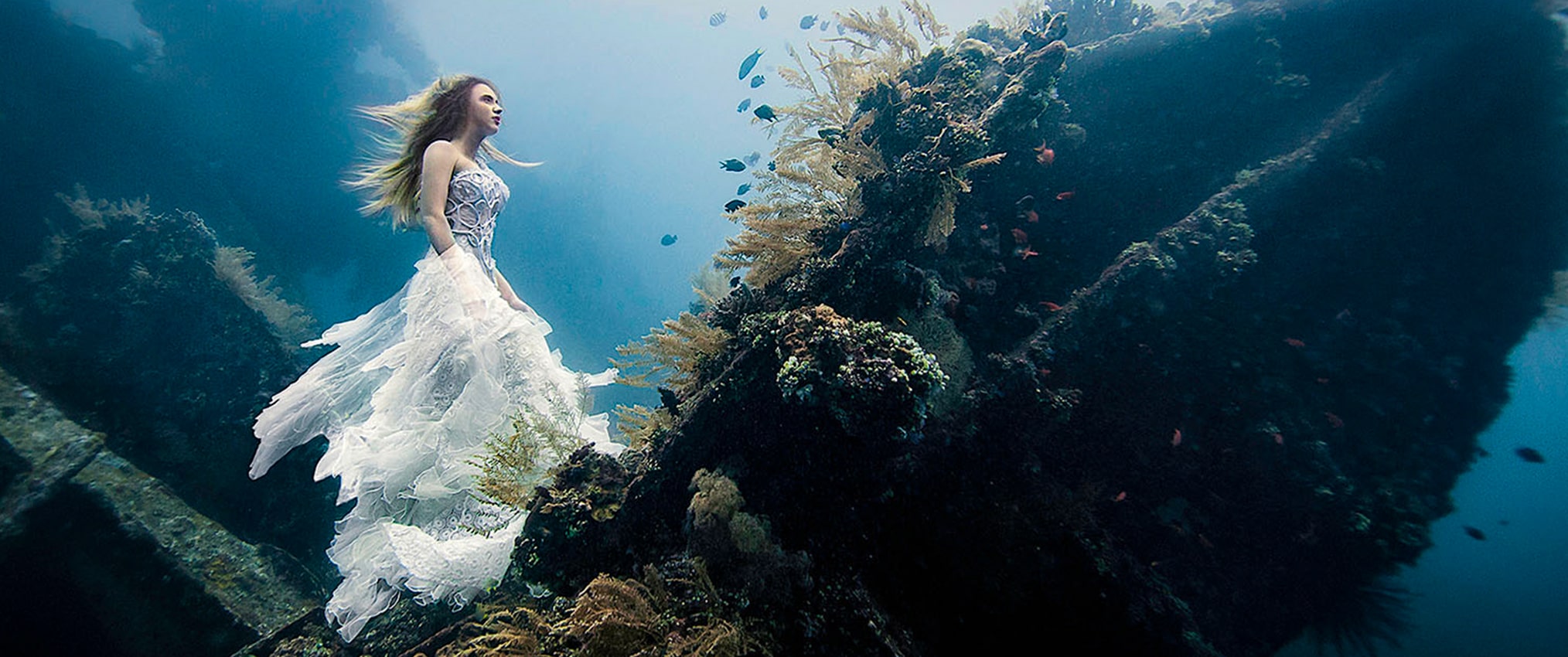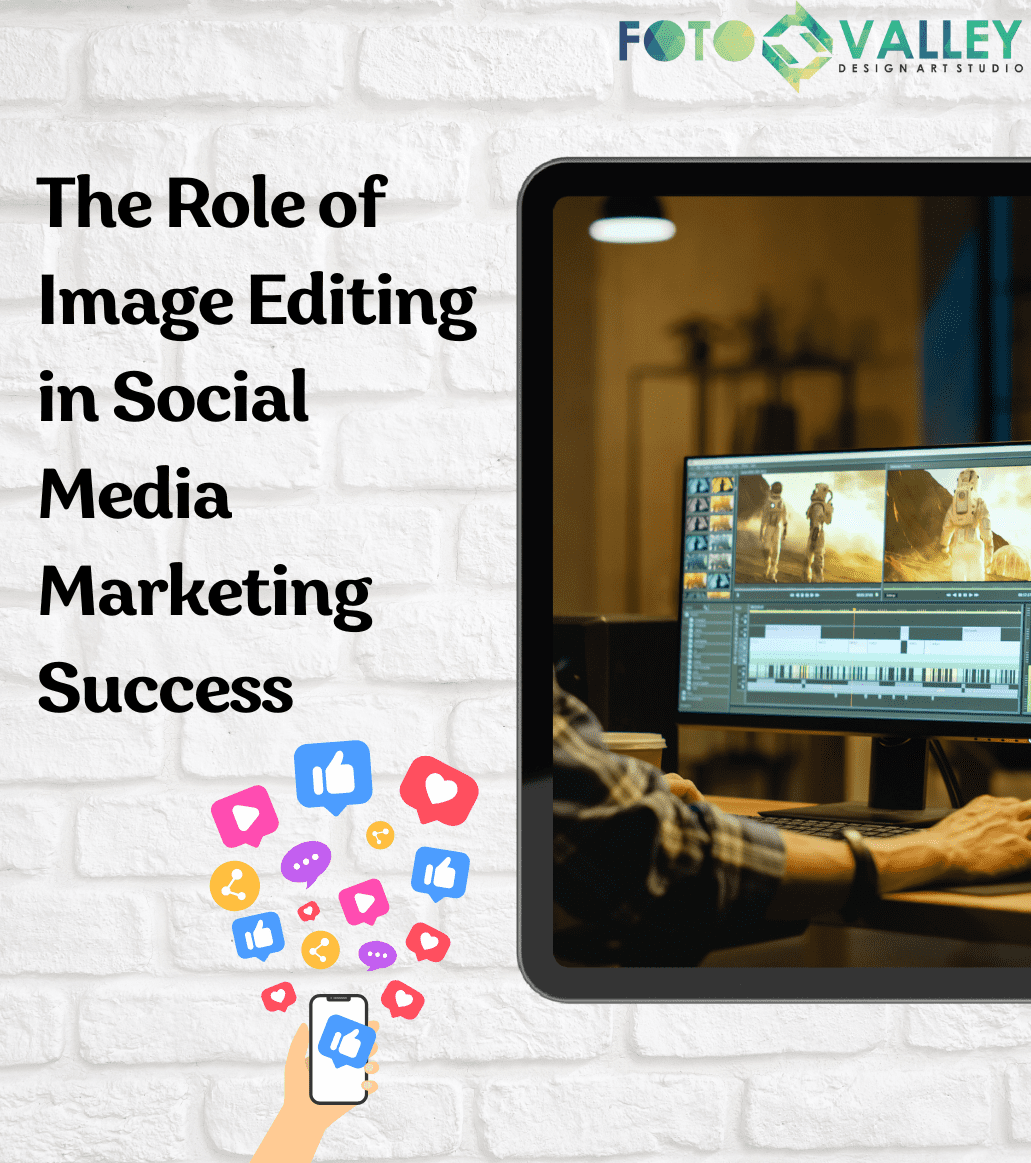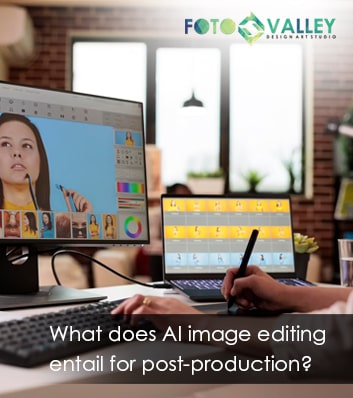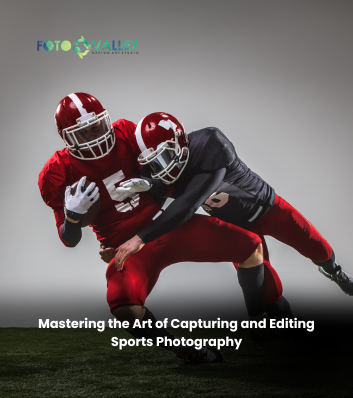
The world we see around us is more than enough to travel, observe, and experience. For a photographer, it provides enormous live moments to capture. But you know, the things we see around consume only one-third of the globe. The rest constitutes an entire parallel universe, is beneath the water. Exploring it is more challenging than being an astronaut. In that sense, underwater photography has enormous possibilities and numberless challenges. What are they? How to resolve them? Here we give a complete guide.
Before You Begin
The ultimate aim of a camera is to capture images. But before stepping into the water with it, you must be conscious of a few things. Mostly, scuba divers do underwater photography as they can handle underwater situations more effectively. For others, it takes the best of training and practice. To be more precise, we can point some challenges involved here.
- Beneath the water, the light will be insufficient. It means images will lack the color that we expect to have.
- Water may not be clear and can have dust particles or algae. It will make the focus shift from the main subject and affect focusing.
- The refraction of light can make objects appear closer than they really are. It also becomes a challenge to focus on the underwater photography model.
- The environment underwater can be delicate and not exposed to interference from outside. The photographer must take good care not to make environmental impacts, as it can become hazardous too.
- Learn a little about marine environments and life underwater. It will help make the images more genuine and creative.
Apart from the creative side, shooting underwater has a lot of technical challenges too. It covers every aspect of photography and requires skill and effort to make the image beautiful. If you win to capture the best moment underwater, photo retouching can bring magic to it. Let us see some points to note.
1- Using The Underwater Cameras
Underwater point-to-shoot cameras are small in size and easy to use. GoPro cameras with waterproofs will enable more movement that helps to catch more live moments. DSLR or mirrorless camera setups are effective with a budget and require less time to practice with. Also, mirrorless cameras with bright back displays help get the image under a refracted medium when directly observing through the lens is unpractical. A DSLR underwater setup is provided with a strobe light. In fact, it is incomplete without that. In addition, you should ensure that the camera settings are kept neutrally buoyant. It helps to reduce the efforts to hold the camera underwater and avoids unnecessary shakes causing blurred images.
2- Lighting
As we have already said, water will always contain dust particles that scatter light. Even the clearest water will contain a specific amount of colloids. Light will get scattered on illuminating on it, and the net result is getting a backscatter in photographs. Photo editing techniques are almost helpless here. To avoid these, get close as you can to the main subject. Your camera and strobe setup should be made to handle this. Also, do not use flashlights as they bounce backlight from such particles more severely. Off-camera strobes bring help here as they aim away from the objects. Also, you must try angles and frames that can reduce light reflections. In addition to all these, you should reduce strobe output to a convenient value when capturing a reflective object like a fish.
3- Lens and Housing
The choice of lens is subject to change according to the type of camera you choose. With DSLR cameras, wide-angle lenses are preferred the most. On the other hand, macros will require a good macro lens with detail focus ability. Avoid slow shutter speeds since you are floating. Also, it depends upon the housing setup you choose to protect the camera from water damages. Lens choice must be made with better research since it must go in with the housing model requirements. Different alignments and brand differences may cause trouble in the shooting. Also, when getting all the parts of housing, make a study on how to use it effectively along with the lens.
5- Composition
Composition underwater also deals with lighting. The composition in your frame must get creatively developed according to light visibility. It makes further challenges if there is a model. Light from above the water surface may be a composition element, but using the strobes as light sources can become crucial here. Also, it is an area where photo editing or photo retouching can excel. But before relying upon that, have a good study on the golden ratio or the rule of thirds. It helps you get a better understanding of how underwater light composition works. Placing a model for capturing creative images will have to make such studies and help you push your photographic skills to the next level. Even though flashes are not preferred, relying more upon natural light will always create hurdles with an underwater photography model.
Wrapping Up
Photography has limitless creative possibilities. As the simplest creative medium to evoke deep insights and emotions in the viewer’s mind, the passion for photography never dies. When you take the camera beneath the water, there welcomes you with an unexplored world, full of mysteries and fantasies. It is enough to excite a passionate photographer who tries to reach more heights with their skill and passion.
FotoValley, as an expert in image editing services, hopes to help you enhance the beauty of the creative images you take. You can know more about us at [email protected]










